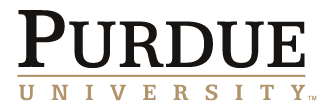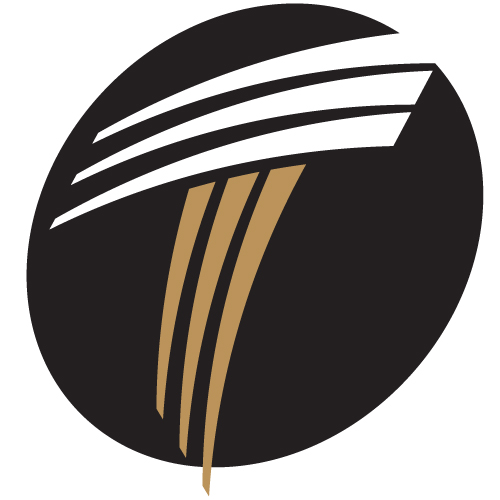


 |
Jeffrey J. Evans |  |
| Undergraduate |
Home Teaching Research Publications |  |
|
|
|
| Undergraduate | |
|
ECET 325 - Computer Architecture, Modeling and Performance Analysis This course is a required course
for students electing the Computer Engineering technology option (CpET)
in the Electrical Engineering Technology (EET) program. It is an
elective for EET students. The course uses Patterson and Hennessy as a
guide but also includes a heavy dose of probabilistic methods and
queuing theory to model computers and computer systems. ECET 325
is a lab-based course. Students learn about the architectural aspects
of PC and Sun workstations by using COTS tools as well as writing
their own programs and tools to measure computer performance. Students
are required to generate their tools in a form that is portable between
several operating systems including Windows, Linux, Solaris, and MAC OS
X.
|
|
|
|
|
| ECET 483 - Network Fundamentals with Microcontrollers This
course is an elective for
ECET students, focusing on the fundamentals of interconnected computer
communication. Local network topologies are defined and developed.
Communication protocols are developed using state-event matrices and
finite state machines. Microcontrollers and the C programming language
are used to develop local networks using several transmission/protocol
standards.
|
|
| ECET 374 - Digital Telecommunications This course is provided to
Computer Information Technology (CIT) students exclusively and is
required by the program's Network Engineering Technology option. It
bears a resemblence to ECET 474 however it is more suited to those
aspiring to set up and provision network elements (NEs). In the lab ECET 374 students setup end-to-end voice and data paths using T1, ISDN, and ATM network elements.
|
|
| ECET 474 - Digital Communications This course is an elective for
ECET students. It focuses on layers 1, 2, and 3 in the OSI model. The
fundamentals of information theory (Nyquist) and coding techniques are
covered extensively. Mediums including copper, optical fiber, and air
are explored. Modulation and signaling are covered extensively as well
as error probability. Historical evolution of technologies such as T
and E carrier, SONET, ATM, and their wireless counterparts such as TDMA
and spread spectrum techniques are also explored. In the lab ECET 474 students explore information transfer on the physical medium and the effects of noise and other distortion mechanisms. |
|